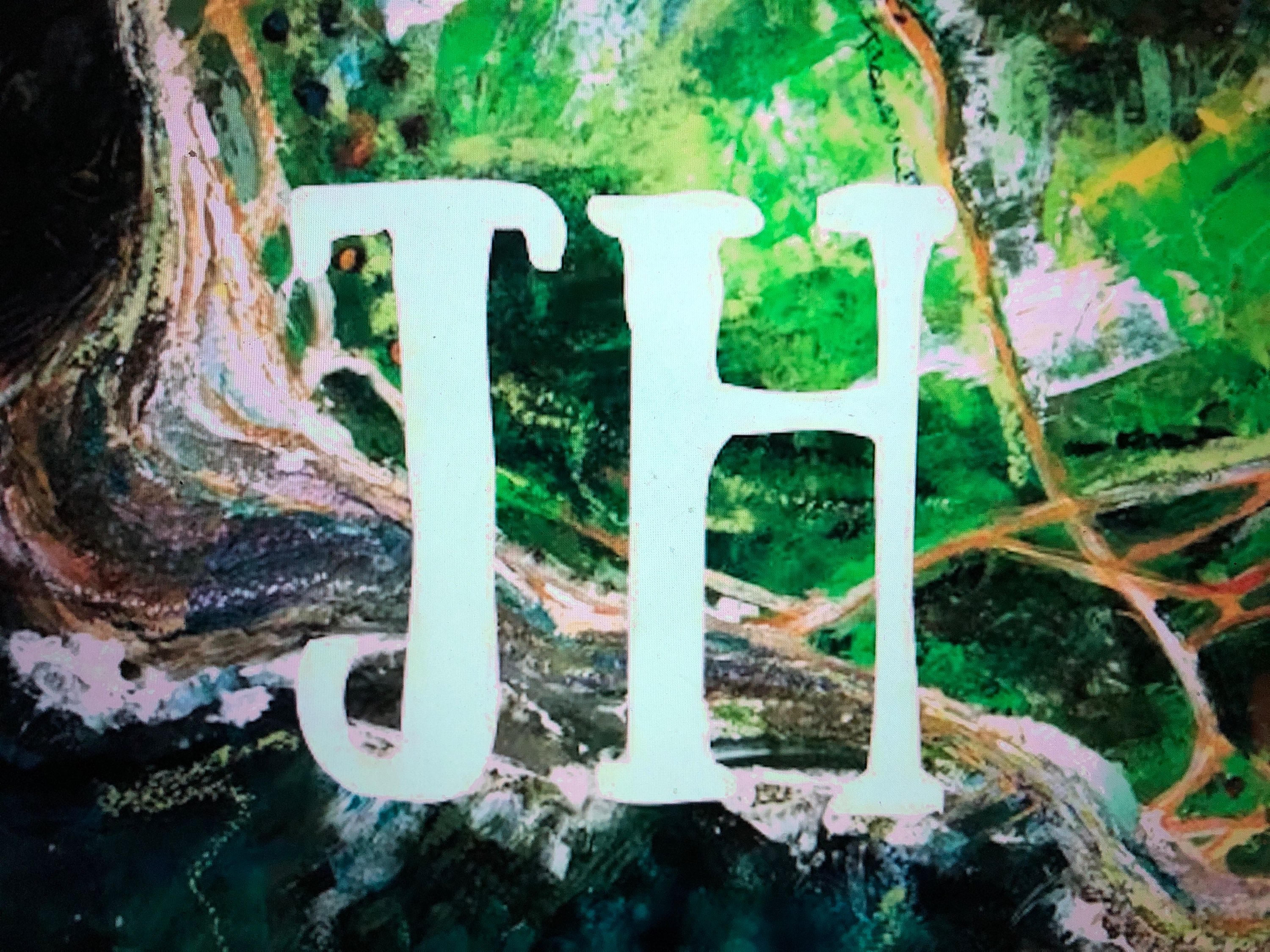“Inked Up – Printmaking in Scotland” at the City Arts Centre, Edinburgh
- jackieholmsartist

- Jan 19
- 3 min read
Updated: Feb 12

Printmaking is an art form that merges tradition, experimentation, and an endless array of techniques, and the “Inked Up – Printmaking in Scotland” exhibition at the City Arts Centre in Edinburgh is a celebration of this creative legacy. Running from 14 September 2024 to 1 June 2025, this exhibition showcases the diversity and innovation of Scottish printmaking through an impressive collection of works, ranging from historic treasures to contemporary masterpieces.
Scotland’s contributions to printmaking are woven into the fabric of its artistic history. Renowned figures like Muirhead Bone, Ernest Lumsden, and Eduardo Paolozzi have left an indelible mark, while artists such as Walter Geikie, Mabel Royds, and Winifred McKenzie deserve greater recognition for their pioneering work. Today, Scotland’s thriving network of open-access print studios continues this tradition, fostering an environment where artists explore and expand the possibilities of the medium and of their art.
With more than 30 artists represented and pieces that span centuries, “Inked Up” offers a vivid glimpse into the evolution of printmaking, from detailed etchings to bold, abstract screenprints. Visitors are treated to works in relief printing, intaglio, lithography, and screenprinting, making the exhibition as varied in techniques as it is in artistic styles.
Standout highlights of the exhibition for me included “Another Time” by Wilhelmina Barns-Graham (1999). A dynamic and vibrant screenprint on magenta paper, “Another Time” reflects the artist’s late-career mastery of abstraction. Bold geometric shapes in vivid colors seem to pulsate with life, recalling the influence of Kandinsky and Rothko while maintaining Barns-Graham’s distinct, personal style. The bright colours overlapping bold geometric shapes, some merging into the background or thrust forward and upwards through the picture frame give a real sense of space and movement.

Another treat was “Corsican Village” by Anne Redpath (1957). This lithograph, produced in partnership with Edinburgh-based Harley Brothers, captures Redpath’s fascination with Corsica’s rugged hilltop villages. The artist exaggerated the “buttress quality” of the buildings to emphasize their organic relationship with the land, creating a composition that feels both grounded and vulnerable. Despite her change in medium Redpath’s characteristic hand has been allowed to sing through the use of lithography which allowed her to draw and paint directly onto the block using broad, rugged gestures characteritic of the rustic Corsican countryside itself. The houses of the village appear impossibly vulnerable, almost squashed to the side of the mountain like a limpet clinging to a rock.

A nice surprise was to find “Sunset over Fife” a screenprint by John Houston (1995). Known for his expressive seascapes, John Houston’s “Sunset over Fife” is a fiery depiction of the Firth of Forth. John Houston’s screenprint is characteristic of his bold sun and seascapes usually depicted in thick, brightly coloured impasto. His choice of screenprint as a technique is characteristic of his preference for using raw colour blended on the image rather than pre-mixed. This painting echoes with the power and pashion of Munch and the energy of De Kooning.

The standout piece for me, however, Ade Adesina’s "Twenty Sixteen" is a monumental woodcut measuring 92x61cm that blends intricate detail with surreal imagery. Ade has composed a surreal imaginary landscape - or perhaps Universescape would be a more appropriate descriptions, with planets bedecked with a single giant object (a tree, a lighthouse, a satelite dish amongst other things) hanging - bauble-like over a ripling sea - the space-time continuum perhaps? At once beautiful and unsettling the planets seem both still and in motion noticeable for their relationship to each other as much as to their serenity and indifference. The work’s dreamlike quality is both beautiful and unsettling, evoking themes of environmentalism, heritage, and time.
“Inked Up” is accompanied by a series of engaging events, including talks and tours:
Lectures: Topics range from the history of etching to the prints of Wilhelmina Barns-Graham.
Tours: Accessible options include a BSL-interpreted tour and a described tour for visually impaired visitors.
For a full schedule, visit the exhibition’s official page.
What is clear is that the techniques of printmaking are as versatile and varied as the artists that use them. Scotland’s righ tapestry of artmaking is augmented by its inspiring open-access print studios that are a vital arts resource and national treasure in themselves.
Whether you’re drawn to the meticulous details of traditional etchings or the bold innovation of contemporary screenprints, this exhibition has something to inspire and captivate everyone.


Comments